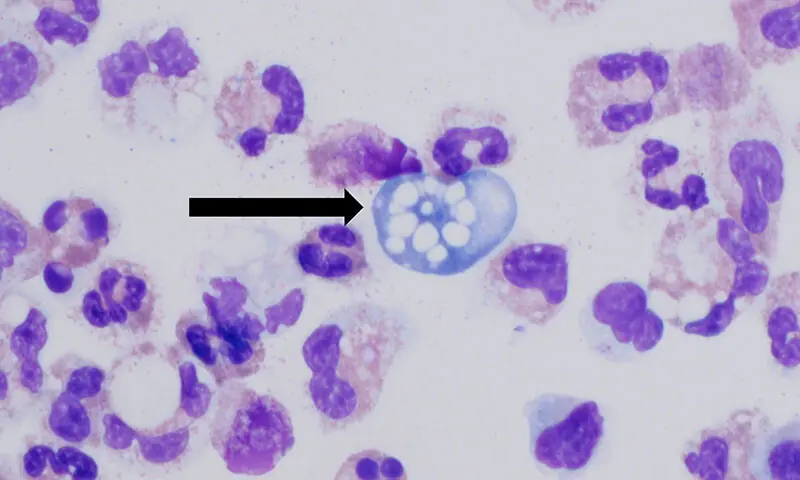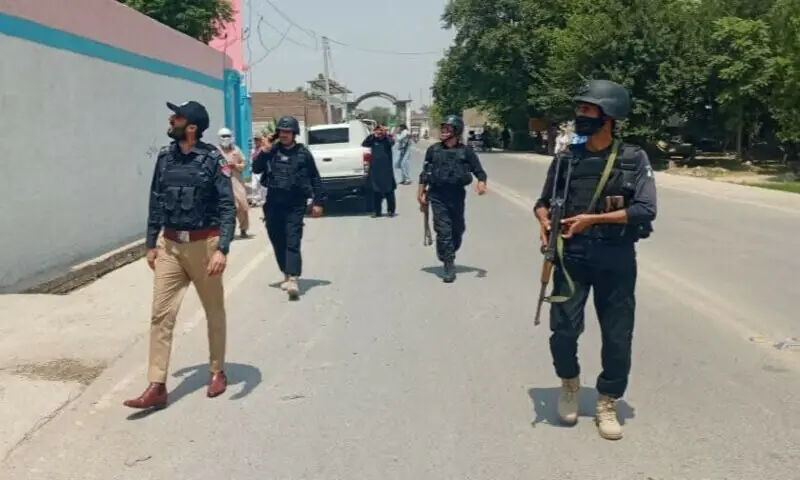The Sindh Department of Health reported on Saturday the fifth death of the province of Naegleria Fowleri.
A 29 -year -old player from Karachi died on September 11 at a private hospital, Meeran Yousuf, said the media coordinator of the Sindh Minister of Health. Dawn.com.
“The patient began to experience symptoms on September 7 and was admitted to the hospital on September 11”. Yousuf added. “The presence of Naegleria Fowleri was confirmed in the patient on September 12 after the patient died.”
The media coordinator added that after the investigation, it was observed that the patient had not participated in any “water -related activities” and that his only exposure was the regular use of tap water to drink and bathe.
“This is Naegleria’s fifth death in Sindh in 2025,” said Yousuf.
Commonly known as “ameba that eats brain”, Naegleria Fowleri, is commonly found in warm fresh water, such as lakes, rivers and hot springs, and earth. Only one species, Naegleria Fowleri, infects people.
Infect people when the water contained in amoeba enters the body through the nose. This generally happens when people are going to swim, dive or when they put their heads under fresh water, such as in lakes and rivers. AMEBA then travels through the nose to the brain, where it destroys brain tissues and causes primary amebic meningencephalitis (PAM).
The first symptoms of the PAM generally begin approximately five days after infection and may include headaches, fever, nausea or vomiting. Subsequent symptoms may include a rigid neck, confusion, lack of attention to people and surroundings, seizures, hallucinations and commas.
After the symptoms begin, the disease progresses quickly and generally causes death in five days. The germ cannot survive in cold, clean and chlorinated water.








